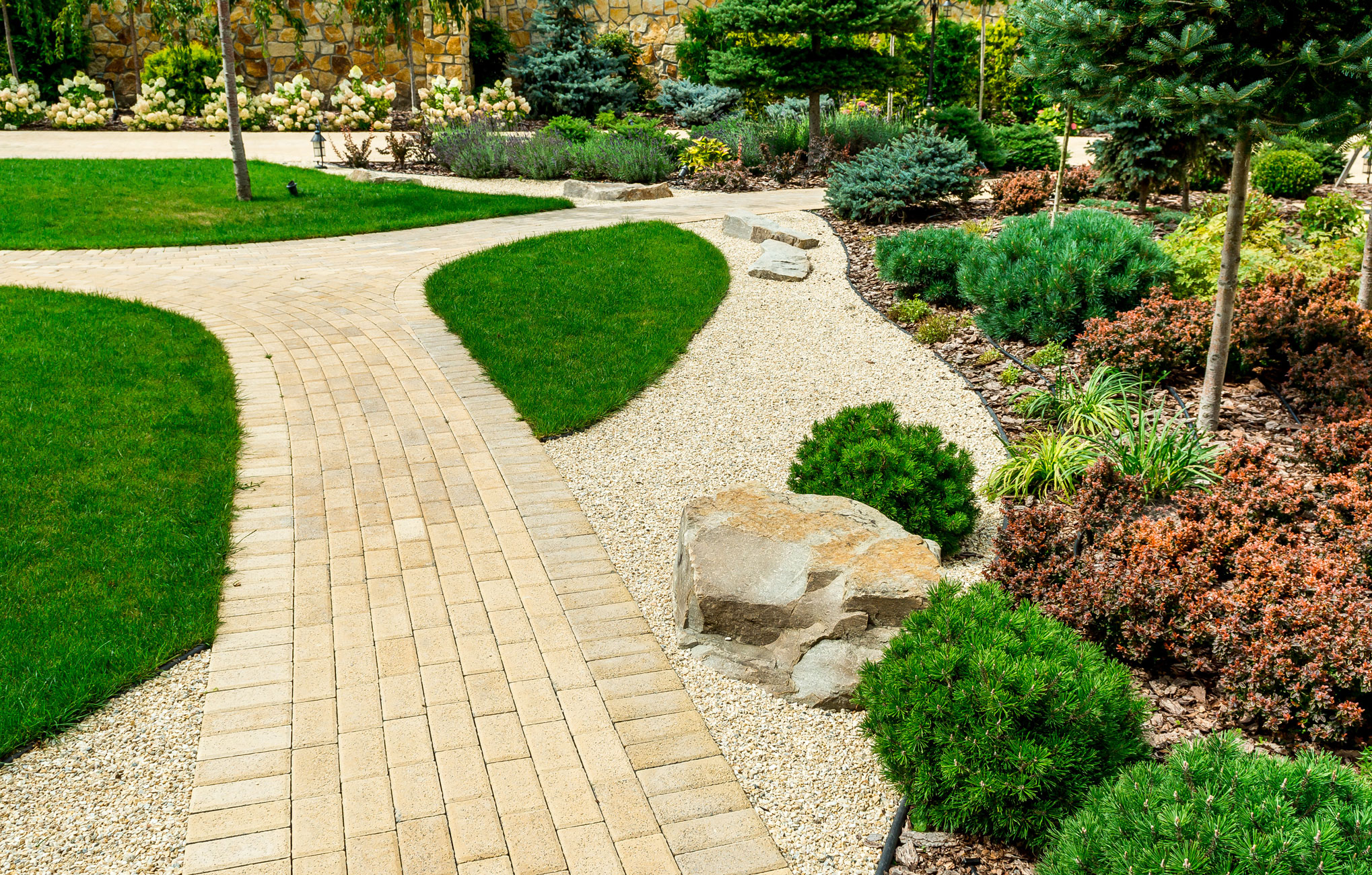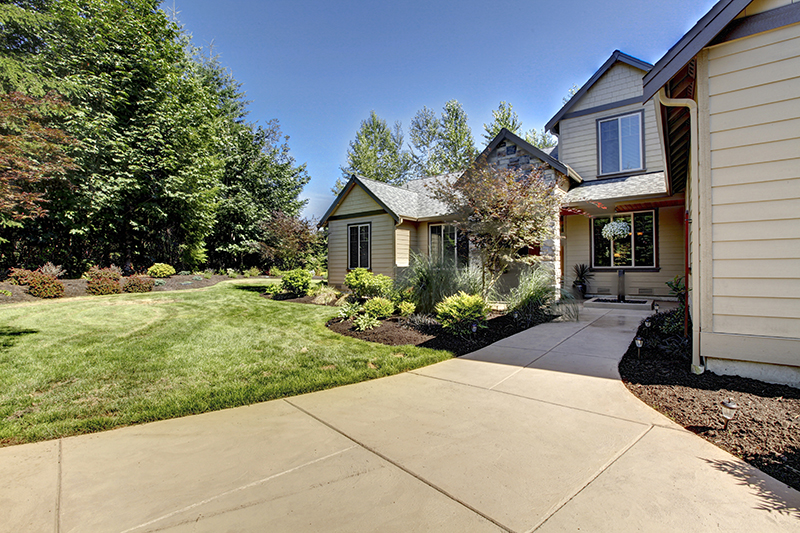Concrete and natural stone are two materials that are often chosen when putting in driveways, walkways, and patios, but how do you know which materials are best for your project? When you're looking to up your hardscape game, you've got a lot of options to consider. Before you commit, it's important to be aware of cost and materials Be certain that which ever material you decide on will give you lasting time to love and entertain. Here are nine reasons why concrete out weighs bluestone.
Concrete is cost effective
Price is the most homeowners concern when it comes to creating an outdoor area that is both elegant and functional. Though, bluestone can be a good choice, it is typically hard to find because of where it is located in North America, Pennsylvania, and upstate New York. For this reason, bluestone might be an expensive choice. Concrete comes in as the better option. If you want to have your outdoor living space look like bluestone, you can always have your concrete stamped for this reason.
Concrete is low maintenance
One of the easiest materials to care for outdoors. In order to keep your patio, or walkway looking beautiful, all you need to do is an occasional sweep, or hosing down of your concrete for it to maintain it's appeal. If a little extra elbow grease is needed, there are specially made cleaners for concrete on the market. These cleaners will remove stains and other blemishes from your concrete.
You don't have to worry about weeds
This feature right here could very well be the best of the nine reasons. Bluestone and other pavers are laid with tiny cracks between them, allowing for weeds, and other grass to grow up in between, causing there to be more to maintain. Concrete on the other hand is poured in slabs, leaving no cracks or crevices making room for unsightly overgrowth of weeds and unwanted grass.
It's energy efficient
Concrete is energy efficient because during the day, it absorbs all the heat from the sun and holds on to it. For this reason, it will not cost a penny to heat. While entertaining outdoors, your concrete emits warmth from the sun earlier in the day making this a great sustainable option.
It is versatile and easy to customize
Concrete is another easy to customize material over Bluestone. Options are nearly endless when designing your outdoor living space to extend from how your indoor living space is arranged. Bluestone does not allow for much, if any customization because of how limited you are with transforming the natural stones. Concrete allows you options such as these:
Shapes
Sizes
Textures
Colors
Stains
As you are working with your specialist, be sure to capture the color, stain, that reflects your design. Make it stand out and be unique. Unlike concrete, bluestone does not afford you these options.
Concrete will last for decades
Concrete is a durable material that can withstand the test of time. It is known for its strength and longevity, making it a popular choice for construction projects. When properly installed and maintained, concrete structures can last for decades, providing a stable and reliable foundation for homes, buildings, and other structures.
No tripping hazards
While bluestones settle, and move causing them to become uneven making them a potential dangerous tripping hazards, especially for children. While bluestone is great for interior of pools, and swimming decks, they lose their luster and alure for walkways and patios.
Slip resistant for added safety
Concrete overlays provide a slip proof coating that bluestone does not offer. Even though, bluestone, is popularly used for swimming pool decks, it can tend to be slippery when it gets wet causing to be more of a hazard.
Installation is quick and easy
A crew could take up to two weeks to install bluestone pavers, setting them in one at a time. Whereas stamped, or stained concrete can take far less time allowing you enjoy your new patio a lot sooner.
While bluestone is beautiful, why not choose concrete? It is not as expensive, and lasts without extreme necessity to replace it if cared for properly. Concrete is more cost effective in the end.

